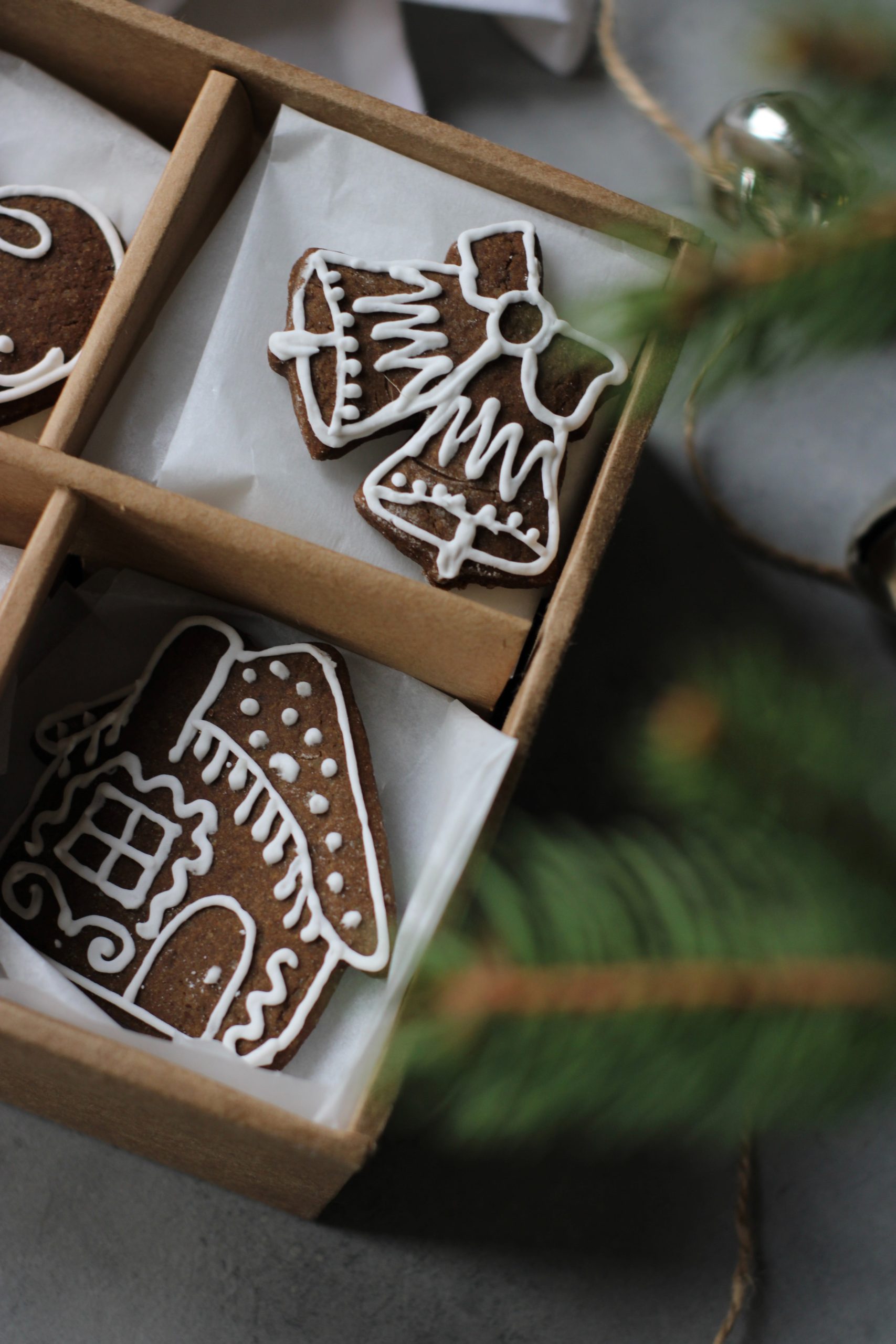If you’re an avid bird enthusiast or simply appreciate the beauty of nature, you’re in for a treat. In this article, we’ll be exploring the fascinating world of Curlews and their diet preferences. Curlews are known for their long, curved bills and graceful presence, and when it comes to their diet, worms are their go-to choice. We’ve gathered the top three worm-based foods that will surely delight these charming avian creatures. So, if you’re ready to learn more about these feathered friends and discover the perfect treats to attract them, let’s dive right in!

Understanding Curlews’ Diet Preferences
Curlews, like many bird species, have specific preferences when it comes to their diet. Understanding their natural diet is crucial for providing them with the appropriate food sources. The natural diet of curlews primarily consists of worms, which play a vital role in their nutrition.
Natural diet of curlews
Curlews are known for their long, curved beaks, which they use to probe the ground and extract worms. Worms are a rich source of protein, which is essential for curlews’ growth, development, and overall health. These birds have adapted their beaks to obtain worms from deep underground, making them highly specialized in feeding on these invertebrates.
Importance of worms in their diet
Worms form a significant portion of curlews’ diet because they are not only rich in protein but also provide other essential nutrients, such as vitamins and minerals. Worms are easily digestible, making them an efficient food source for curlews. The abundance of worms in their natural habitats ensures that curlews have access to a consistent and nutritious food source.
Other food sources besides worms for curlews
While worms are a staple in curlews’ diets, these birds also consume other types of invertebrates, including insects, mollusks, and crustaceans. They may also feed on small fish if they inhabit areas near bodies of water. However, worms remain the primary source of food for curlews due to their availability and nutritional value.
Factors to Consider When Selecting Worm-Based Foods for Curlews
When choosing worm-based foods for curlews, there are several factors to consider to ensure that the food is suitable for their nutritional needs and preferences.
Nutrient content
The nutrient content of the worm-based food is a crucial factor to consider. Curlews require a diet that is high in protein to support their growth and energy requirements. Therefore, selecting worm-based foods that have a high protein content is essential.
Worm species preference of curlews
Different species of worms may be more appealing to curlews than others. Researching the worm species that curlews prefer can help in selecting the most suitable worm-based foods for them. Some common worm species that curlews feed on include earthworms, ragworms, and lugworms.
Suitability of the food for the species in your area
It is important to ensure that the worm-based food you choose is suitable for the curlew species that inhabit your area. Different curlew species may have slightly different dietary preferences, so selecting a food that matches their natural diet is crucial for their overall health and well-being.
Freshness of the worm-based food
Freshness is another critical factor to consider when selecting worm-based foods for curlews. Fresh worms are more nutritious and appealing to curlews. Ensuring that the worm-based food is fresh and has not expired will help in providing a high-quality food source for these birds.
Cost and affordability
While providing the best quality worm-based food is important, considering the cost and affordability of these foods is also necessary. It is essential to find a balance between cost and quality to ensure that you can provide a regular supply of suitable worm-based food for curlews without breaking the bank.

Commercially Available Worm-Based Foods
There are several commercially available options for worm-based foods that are specifically designed for birds like curlews. These foods offer convenience and ensure a consistent and balanced diet for curlews.
Overview of commercially available options
Several brands specialize in bird seeds, feeders, and accessories, offering a range of worm-based foods for curlews. Some notable brands in the market include Kaytee, Wagner’s, and Lyric, each offering their own unique formulations of worm-based bird foods.
Brands offering worm-based bird foods
Kaytee is a well-known brand that specializes in bird seeds, feeders, and accessories. They offer a variety of worm-based foods that cater to different bird species’ dietary needs. Wagner’s, another leading brand, also offers a range of bird seed mixes, including worm-based options. Lyric is known for its premium wild bird food products, and they also provide worm-based foods suitable for curlews.
Review of products by Kaytee and Wagner’s
Kaytee offers mealworms, which are a popular choice for curlews and other bird species. These mealworms are dried to ensure a long shelf life and can be easily rehydrated before serving to the birds. Wagner’s mealworms are also highly regarded for their quality and suitability for curlews. They are available in different sizes to cater to various bird species’ needs.
Top Pick: Kaytee Mealworms
Kaytee Mealworms are our top pick when it comes to worm-based foods for curlews. These mealworms are specially dried to maintain their nutritional value, making them an optimal food source for curlews.
Product description
Kaytee Mealworms are 100% natural mealworms that have been dried to ensure a long shelf life. They are packed with protein and essential nutrients, making them an ideal choice for curlews. These mealworms come in a convenient resealable bag, allowing for easy storage and serving.
Why it’s suitable for curlews
Kaytee Mealworms provide curlews with the necessary protein content they require for their growth and overall health. The dried mealworms retain their nutritional value, ensuring that curlews receive a balanced diet.
How to serve it to curlews
To serve Kaytee Mealworms to curlews, simply rehydrate the dried mealworms by adding water. This will restore their moisture and make them more appealing to the birds. Place the rehydrated mealworms in a shallow dish or sprinkle them over the ground for the curlews to forage.
Where to buy it
Kaytee Mealworms are widely available at various retailers that specialize in bird supplies, such as Perky-Pet, Droll Yankees, Brome Bird Care, and more. They can also be purchased online through various platforms that offer a wide range of bird feeders and bird food products.

Second Pick: Wagner’s Mealworms
Wagner’s Mealworms are an excellent alternative for curlews, offering high-quality worm-based food that meets their nutritional needs.
Product description
Wagner’s Mealworms are carefully dried to preserve their quality and nutritional value. These mealworms are available in different sizes, allowing bird enthusiasts to cater to the specific needs of different bird species. They come in sturdy packaging, ensuring the mealworms remain fresh for an extended period.
Benefits for curlews
Wagner’s Mealworms provide curlews with a reliable and nutritious food source. The high protein content of the mealworms supports curlews’ growth and energy requirements. The different sizes available allow for flexibility in serving sizes, ensuring curlews receive an adequate amount of food.
How to serve it to curlews
To serve Wagner’s Mealworms to curlews, sprinkle the dried mealworms on the ground or in a tray feeder. Curlews will be attracted to the scent and texture of the mealworms, making it a convenient and enticing way to offer them this worm-based food.
Purchase options
Wagner’s Mealworms can be purchased at various retailers that specialize in bird supplies, such as Wild Delight, Stokes Select, Audubon, and Woodlink. They can also be found online through platforms that offer a wide range of bird feeders and bird food products.
Third Pick: Lyric Dried Mealworms
Lyric Dried Mealworms are an advantageous option for curlews, offering high-quality worm-based food that meets their nutritional needs.
Description of the product
Lyric Dried Mealworms are premium-grade, all-natural mealworms that have been dried to preserve their nutritional value. These mealworms are rich in protein and essential nutrients, ensuring curlews receive a balanced diet. They come in a resealable bag for convenient storage.
Why it’s advantageous for curlews
Lyric Dried Mealworms provide curlews with a reliable source of protein and other essential nutrients. The premium-grade quality ensures that curlews receive a high-quality food source, supporting their overall health and well-being.
Serving suggestions for curlews
To serve Lyric Dried Mealworms to curlews, rehydrate the dried mealworms by soaking them in water. Once they have absorbed enough moisture, place them in a shallow dish or tray feeder for the curlews to enjoy. Ensure that the mealworms are fresh and moist for optimal appeal.
Acquisition details
Lyric Dried Mealworms can be purchased at retailers specializing in bird supplies, such as Pennington, Heath Outdoor Products, Gardman, and more. They are also available for purchase online through platforms that offer a wide range of bird feeders and bird food products.
Homemade Worm-Based Food for Curlews
While commercially available options are convenient, some bird enthusiasts prefer to make their own worm-based food for curlews. Homemade options can offer customization and control over the ingredients used.
Why consider homemade options
Homemade worm-based food allows bird enthusiasts to have control over the quality and freshness of the ingredients used. It also provides an opportunity to cater to the specific dietary needs of curlews based on their natural preferences and the availability of worms in the local area.
Preparation of homemade worm food
To prepare homemade worm-based food for curlews, start by selecting fresh and nutritious worms. Common choices include earthworms, mealworms, and other worm species found in the local area. Clean the worms thoroughly and remove any soil or debris before use.
Next, mix the worms with a suitable base, such as birdseed, oats, or cornmeal. This will provide additional nutrients and texture to the homemade food. Add any other desired ingredients, such as dried fruits or nuts, to enhance the nutritional value and appeal of the food.
Safety precautions for homemade worm food
When preparing homemade worm-based food, it is crucial to ensure that the ingredients used are safe and free from pesticides or other harmful chemicals. It is recommended to use organic ingredients whenever possible to minimize the risk of contamination.
Additionally, maintain proper hygiene practices during the preparation process to avoid any potential foodborne illnesses. Wash hands thoroughly before and after handling the ingredients, and clean all utensils and surfaces used in the process.
Storing and serving homemade worm food
Store homemade worm-based food in a cool, dry place to maintain its freshness and nutritional value. Use airtight containers to prevent moisture or pests from contaminating the food. Before serving the homemade food to curlews, ensure it is fresh and free from any signs of spoilage.
How to Attract Curlews to Your Garden
Creating a safe and welcoming environment for curlews in your garden can attract these birds and provide them with a reliable food source.
Creating a safe and welcoming environment for curlews
Curlews prefer open grassy areas, such as meadows or fields, near wetlands or estuaries. To attract curlews to your garden, ensure that it provides a similar environment. Keep the grass mowed to an appropriate height and maintain a suitable amount of open space for the birds to forage.
Placement of feeders
If you choose to use feeders to attract curlews, place them in open areas with a clear line of sight. This will allow curlews to spot the feeders easily and feel comfortable approaching them. Ensure that the feeders are placed in a secure location, away from potential predators.
Regular feeding times
Establishing a regular feeding schedule can help curlews become accustomed to visiting your garden at specific times. Consistency in feeding times will help them feel secure and build trust in returning to your garden for food.
Diversified menu to attract curlews
Offering a diversified menu can attract a wider variety of bird species, including curlews. In addition to worm-based foods, include other types of bird feed such as seeds, berries, and nectar. This will provide curlews with a range of options and increase the likelihood of them visiting your garden.
Maintenance and Cleaning of Curlew Feeders
Proper maintenance and regular cleaning of curlew feeders are essential to ensure the health and well-being of the birds visiting your garden.
Importance of regular cleaning
Regular cleaning of curlew feeders prevents the buildup of mold, bacteria, and other contaminants that can be harmful to birds. Dirty feeders can also attract pests, such as rodents and insects, which can compete with curlews for food and spread diseases.
Step-by-step cleaning guide
To clean curlew feeders, start by emptying and removing all remaining food from the feeder. Disassemble the feeder, if possible, and wash each component with warm soapy water. Use a brush or scrubber to remove any leftover debris or sticky residue.
Rinse all components thoroughly with clean water and allow them to air dry completely before reassembling the feeder. Ensure that all parts are dry to prevent the growth of mold or bacteria.
Recommended cleaning products and tools
Mild dish soap or a dedicated bird feeder cleaning solution can be used to clean curlew feeders effectively. Avoid using harsh chemicals or bleach, as they can be harmful to birds. A brush or scrubber specifically designed for cleaning bird feeders will help reach all the nooks and crannies of the feeder.
Maintenance tips
Regularly inspect curlew feeders for any signs of damage or wear and tear. Replace any broken or damaged parts to maintain the feeder’s functionality and safety. Keep an eye out for potential pest infestations and take necessary measures to deter pests, such as cleaning up spilled food promptly and using squirrel-proof feeders.
Role of Bird Enthusiasts in Curlew Conservation
Curlews face various threats and challenges that affect their populations. Bird enthusiasts play a crucial role in curlew conservation efforts, and bird feeding can be a valuable contribution to their well-being.
Threats faced by curlews and their need for conservation
Curlews are facing habitat loss, changes in land use, and increased predation, leading to declining populations in many areas. They are also vulnerable to climate change, which affects their breeding and migration patterns. Conservation efforts are vital to address these threats and ensure the survival of curlews.
Bird feeding as a conservation effort
Bird feeding can help support curlews by providing them with a reliable food source, especially during times of scarcity. By offering a diverse menu that includes worm-based foods, bird enthusiasts can contribute to curlews’ nutrition, health, and overall stability.
Reporting sightings to local bird conservation bodies
Reporting curlew sightings and observations to local bird conservation bodies is essential to gather valuable data on their population and behavior. This information can assist conservation efforts in monitoring curlew populations and implementing targeted conservation measures.
Other ways to participate in curlew conservation
In addition to bird feeding, there are other ways to participate in curlew conservation. Supporting and volunteering for local bird conservation organizations, participating in habitat restoration projects, and advocating for the protection of curlews and their habitats are meaningful ways to contribute to their conservation.
In conclusion, understanding curlews’ diet preferences is crucial for providing them with the appropriate food sources. Worms are an essential part of their natural diet, providing them with essential nutrients. When choosing worm-based foods for curlews, factors such as nutrient content, worm species preference, suitability for the local area, freshness, and affordability should be considered. Commercially available options such as Kaytee Mealworms, Wagner’s Mealworms, and Lyric Dried Mealworms offer convenient and high-quality choices. Homemade worm-based food can also be prepared, keeping in mind safety precautions and hygiene practices. Attracting curlews to your garden can be achieved through creating a safe and welcoming environment, placing feeders strategically, offering a diversified menu, and establishing regular feeding times. Regular maintenance and cleaning of curlew feeders are essential to ensure bird health and prevent contamination. Bird enthusiasts also play a crucial role in curlew conservation efforts, by participating in bird feeding, reporting sightings to local bird conservation bodies, and engaging in other conservation activities. By understanding their diet, providing suitable food sources, and contributing to their conservation, we can help ensure the survival and well-being of curlews for generations to come.
